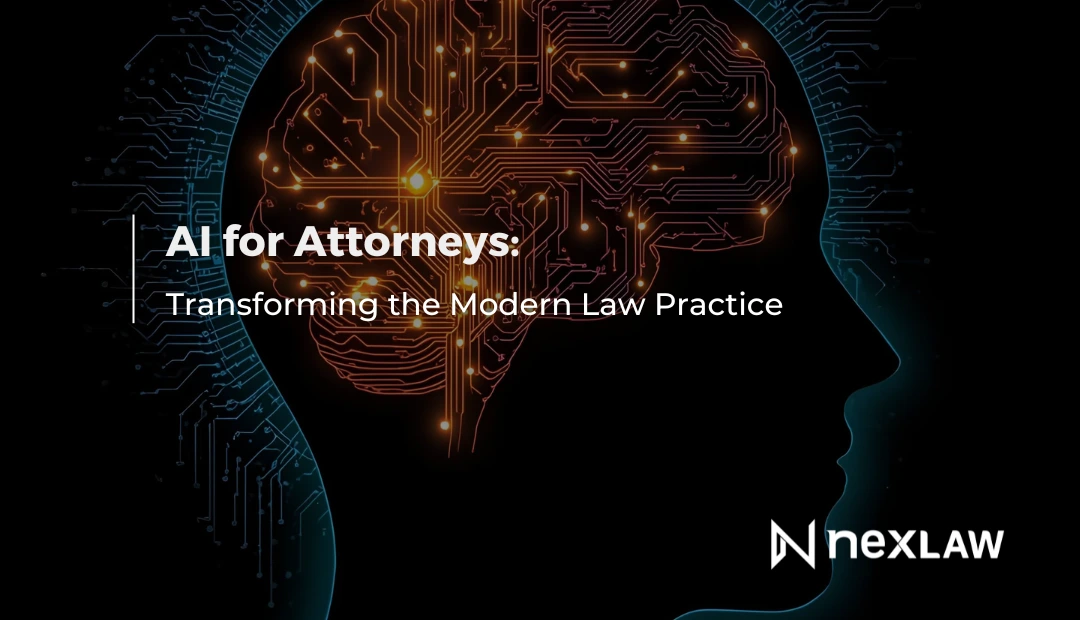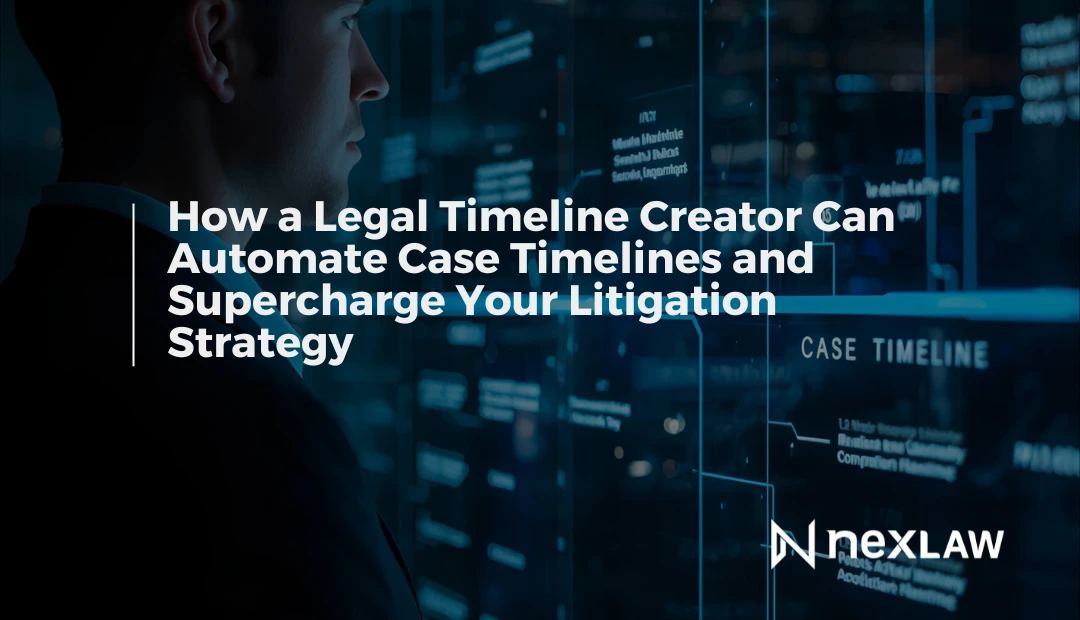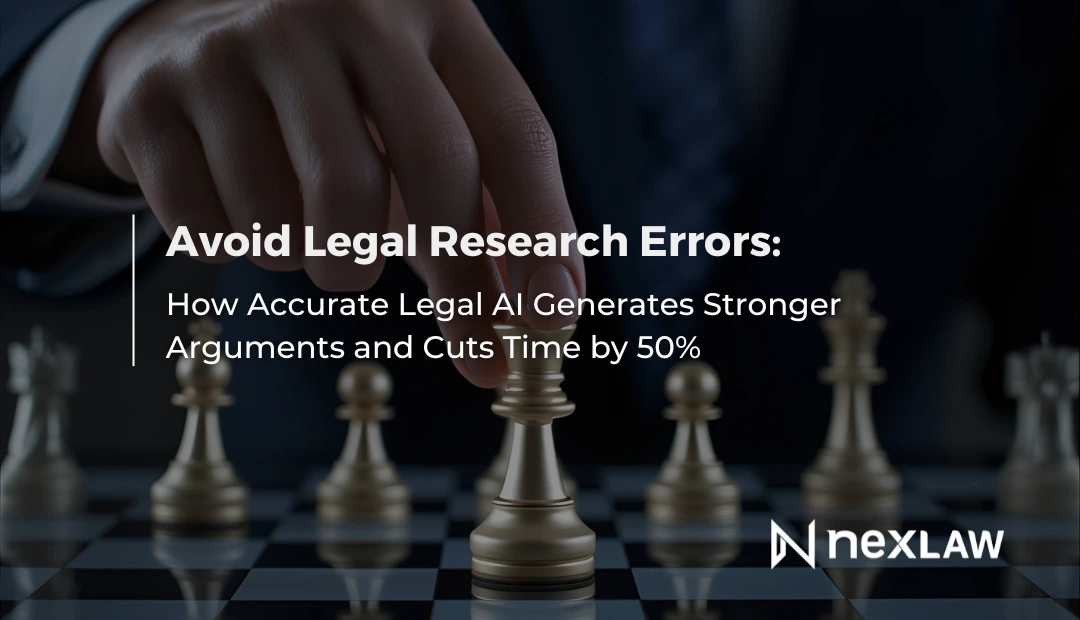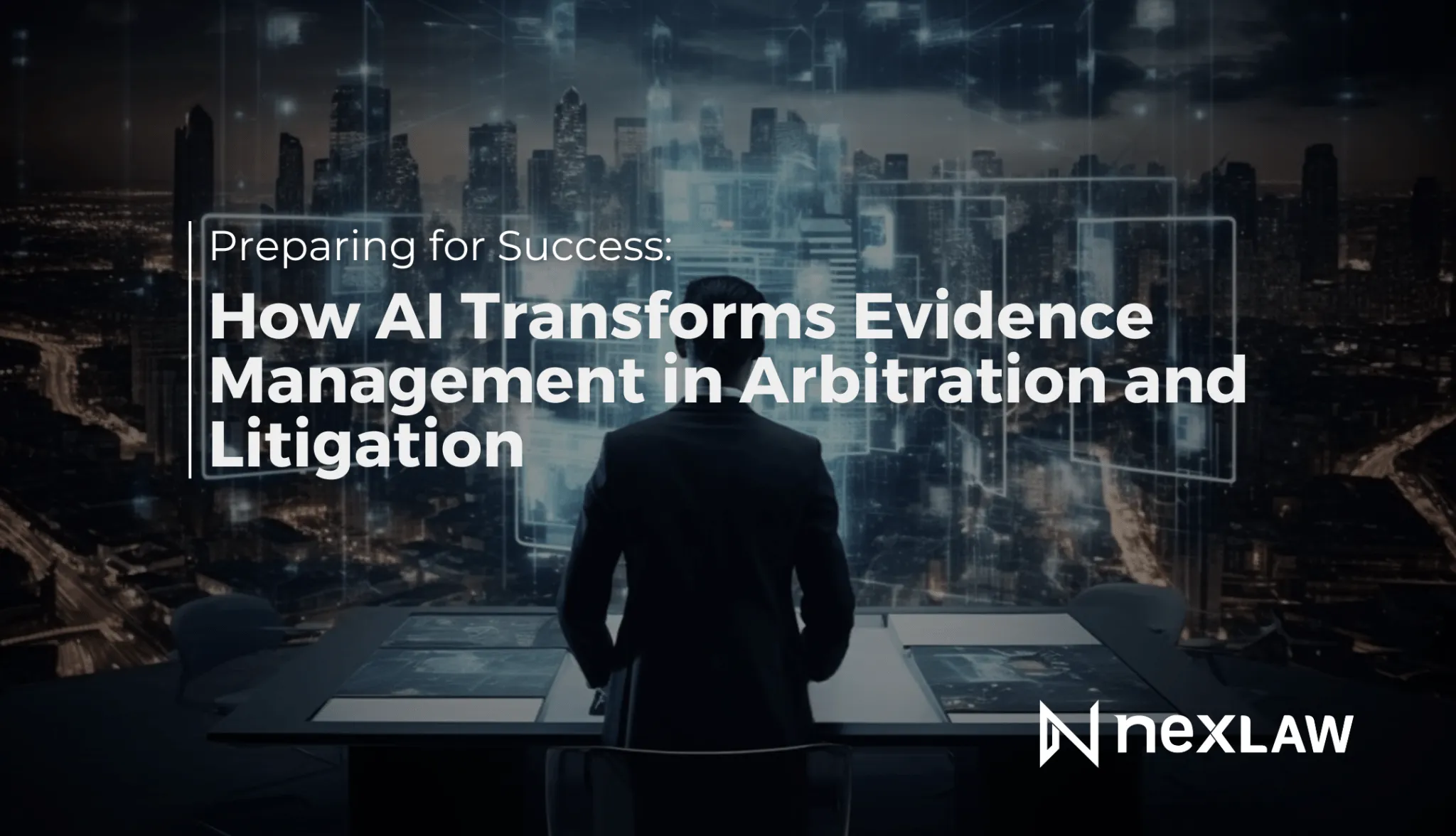In the increasingly digital landscape of U.S. arbitration, exhibits are no longer just physical documents. They are emails, text messages, spreadsheets, audio recordings, video clips, social media posts and terabytes of electronically stored information (ESI). Managing these digital exhibits effectively from pre-hearing exchange to real-time presentation and ensuring their admissibility has become a significant challenge for arbitration practitioners. Unlike court proceedings with well-established e-filing systems, arbitration often lacks standardized digital evidence protocols, leading to logistical nightmares and disputes over authenticity. A 2025 survey of arbitrators revealed that over 60% face challenges with inconsistent digital exhibit formats and difficulties ensuring proper chain of custody. This is where a dedicated Legal AI assistant is emerging as a game-changer, transforming the way evidence is managed and presented in arbitration.
The Wild West of Digital Evidence in Arbitration
The lack of consistent rules for digital evidence in arbitration can create significant hurdles:
- Disparate Formats: Parties submit evidence in a bewildering array of formats, from scanned PDFs to proprietary database exports.
- Authentication Challenges: Proving the authenticity and integrity of digital evidence (e.g., that an email hasn’t been altered) is more complex than with paper.
- Chain of Custody: Maintaining a clear, verifiable record of who accessed and handled digital evidence is crucial for admissibility but difficult to track manually.
- Real-Time Presentation: Quickly finding, displaying and highlighting specific portions of a digital exhibit during a virtual or hybrid hearing can be clunky and disruptive.
- Arbitrator Management: Arbitrators struggle to keep track of thousands of digital exhibits and ensure all parties have easy access.
How AI Comes Through: Streamlined Management and Enhanced Admissibility
A sophisticated AI Legal Assistant creates a centralized, secure, and intelligent system for managing digital evidence throughout the arbitration process. A platform like NexLaw AI can:
Standardize Ingestion
 Rapidly ingest and process digital evidence in various formats, converting it into a unified, searchable format.
Rapidly ingest and process digital evidence in various formats, converting it into a unified, searchable format.
Automate Indexing and Bates Stamping
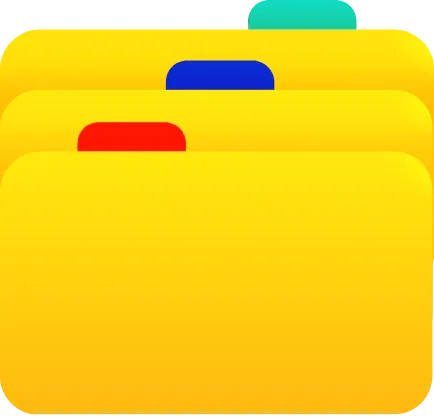 Automatically index every document and apply digital Bates numbers for easy reference.
Automatically index every document and apply digital Bates numbers for easy reference.
Enhance Chain of Custody
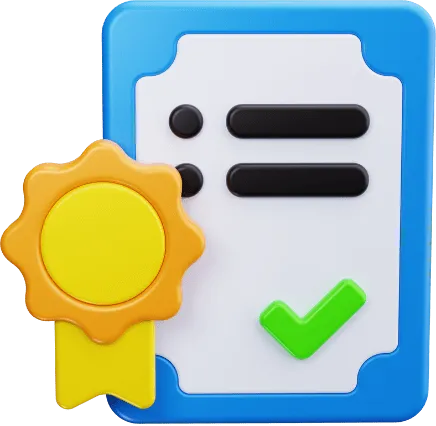 Create a verifiable audit trail of every access and modification to a document, bolstering its authenticity.
Create a verifiable audit trail of every access and modification to a document, bolstering its authenticity.
Facilitate Real-Time Presentation
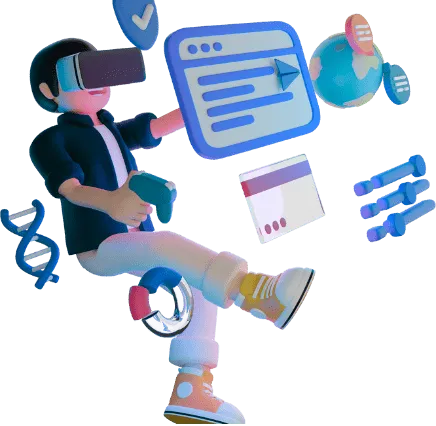 Allow for seamless, intuitive presentation of digital exhibits during hearings, whether virtual or in-person.
Allow for seamless, intuitive presentation of digital exhibits during hearings, whether virtual or in-person.
Assist with Admissibility Arguments
 Help prepare arguments for admissibility by quickly finding relevant case law on digital evidence authentication.
Help prepare arguments for admissibility by quickly finding relevant case law on digital evidence authentication.
A Step-by-Step Workflow for AI-Assisted Evidence Management
Let’s assume you are preparing for a complex commercial arbitration involving thousands of digital exhibits, including emails, spreadsheets and videos.
Step 1: Secure Data Ingestion and Processing
You upload all proposed exhibits into NexLaw AI’s secure ChronoVault module.
- AI in Action: The AI ingests the data, performs OCR on scanned documents and extracts metadata. It automatically creates a master exhibit list with unique digital Bates numbers for each document.
- The Advantage: This creates a clean, organized and easily referenced digital exhibit binder that all parties can access securely.
Step 2: Pre-Hearing Exhibit Review and Rulings
The arbitrator can access the digital exhibit binder in advance of the hearing.
- AI in Action: The arbitrator can review exhibits, hear preliminary objections and make pre-hearing rulings on admissibility within the platform. The platform records these rulings against each exhibit.
- The Advantage: This streamlines the hearing itself, as many admissibility issues are resolved before testimony begins.
Step 3: AI-Assisted Impeachment and Cross-Examination
The ability to quickly find and present impeachment evidence is crucial for effective cross-examination.
- AI in Action: During cross-examination, if a witness contradicts their prior deposition testimony, the attorney (or a colleague using the platform) can quickly search the witness’s deposition transcript (also uploaded to ChronoVault). The AI instantly finds the contradictory statement. The relevant portion of the transcript is then displayed on screen for all to see.
- The Advantage: This allows for powerful, real-time impeachment, enhancing the credibility of your arguments.
Conclusion: The Digital Future of Arbitration is Here
The days of paper exhibit binders and clunky screen sharing are rapidly drawing to a close. For U.S. arbitrators and counsel, mastering the management of digital exhibits is essential for effective advocacy. By leveraging Legal AI tools, you can ensure that your evidence is not just managed, but powerfully presented, leading to smoother hearings and more favorable outcomes.
Ready to revolutionize your arbitration evidence management?
Book a Personalized Demo to see how NexLaw AI can transform your digital exhibit workflow.
Explore Our Plans and streamline your next arbitration hearing.

